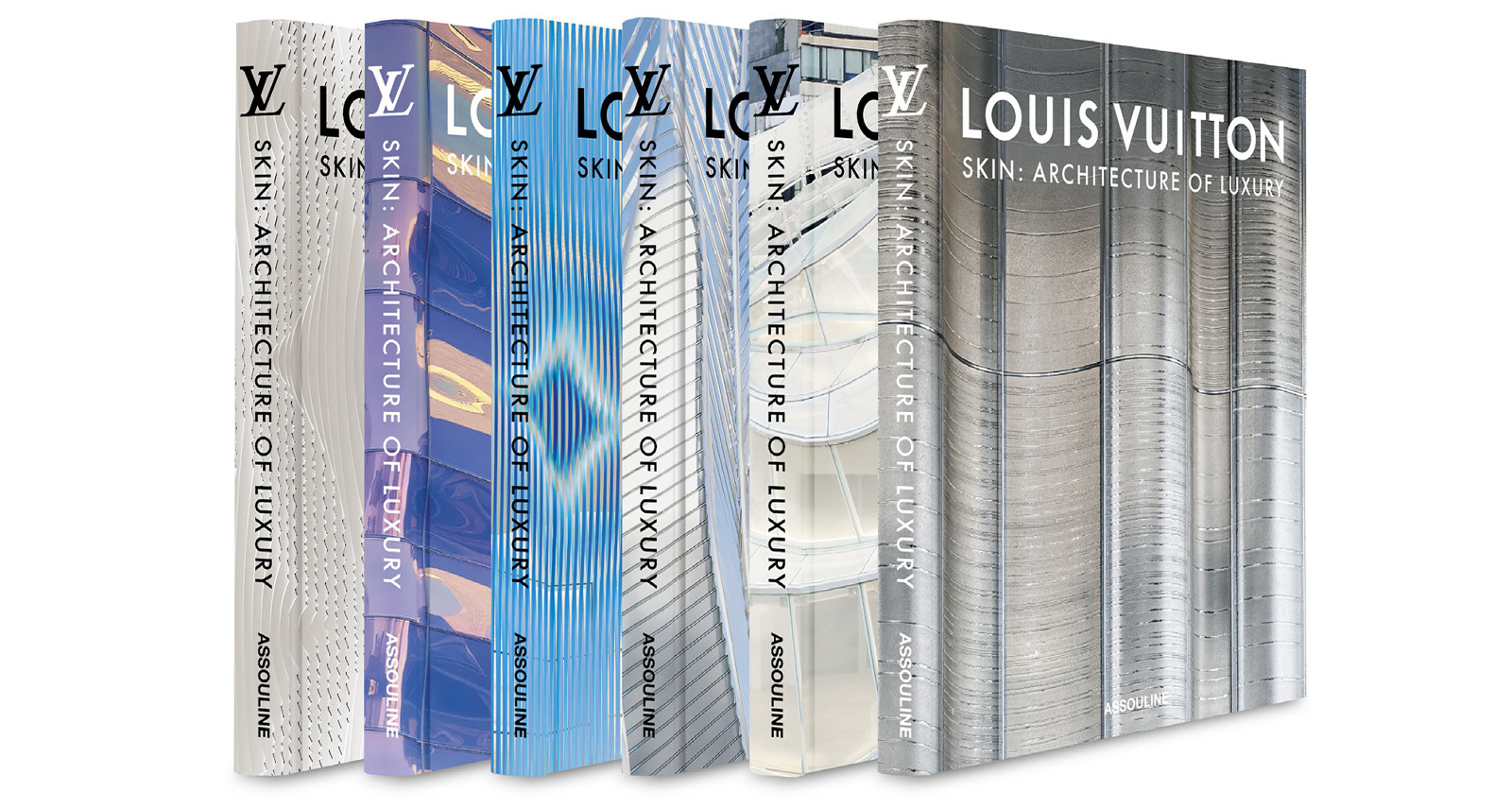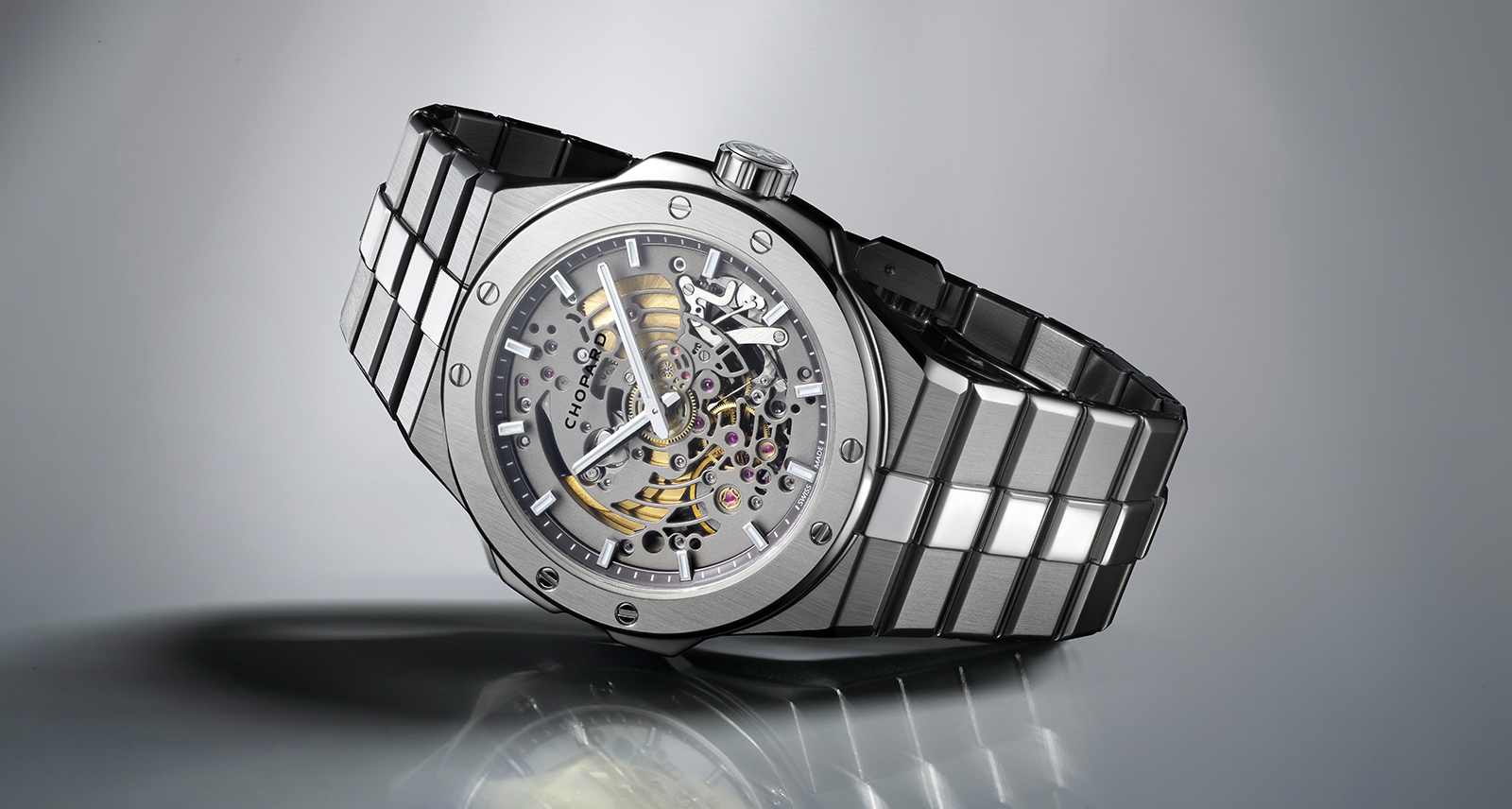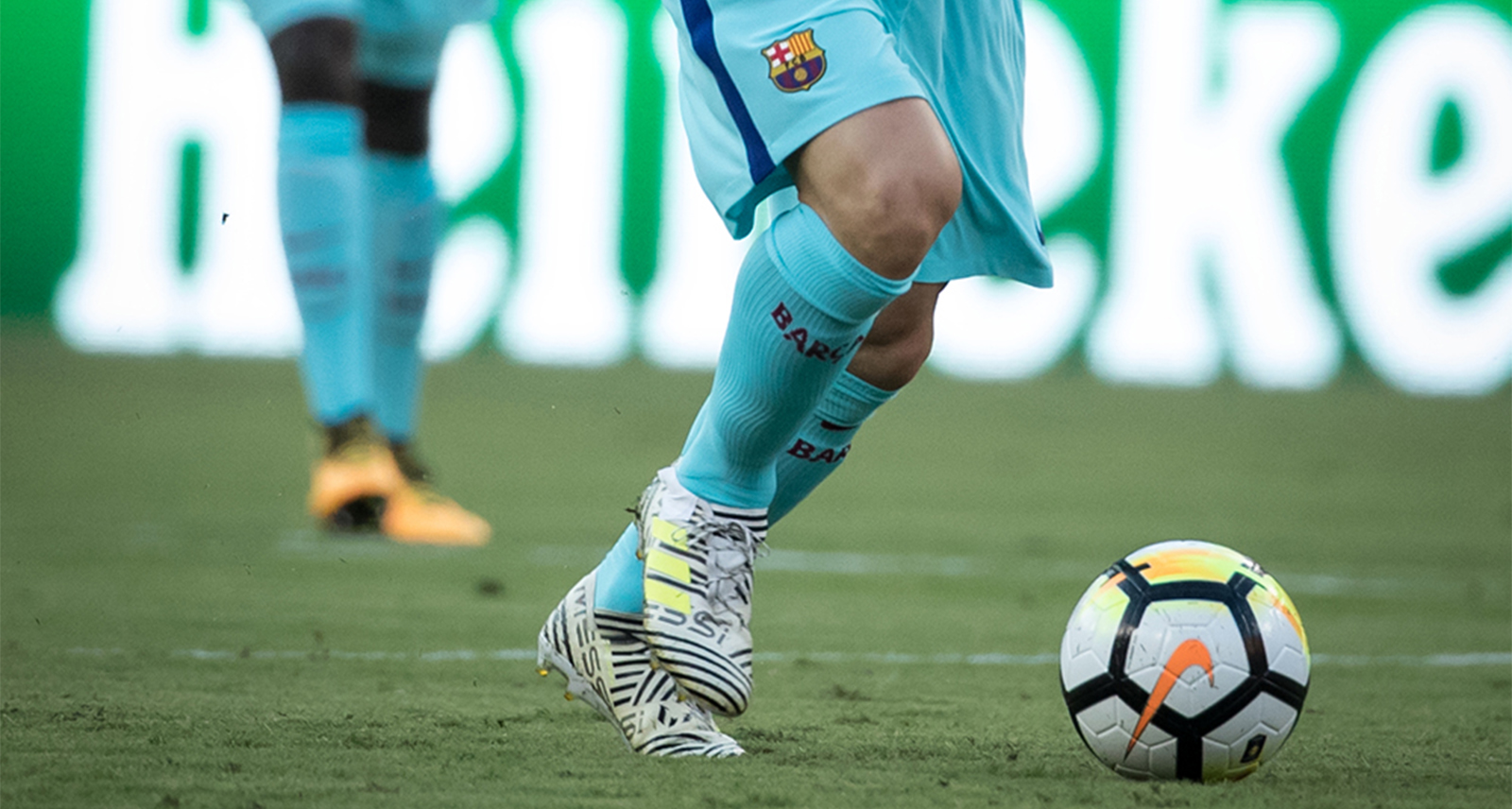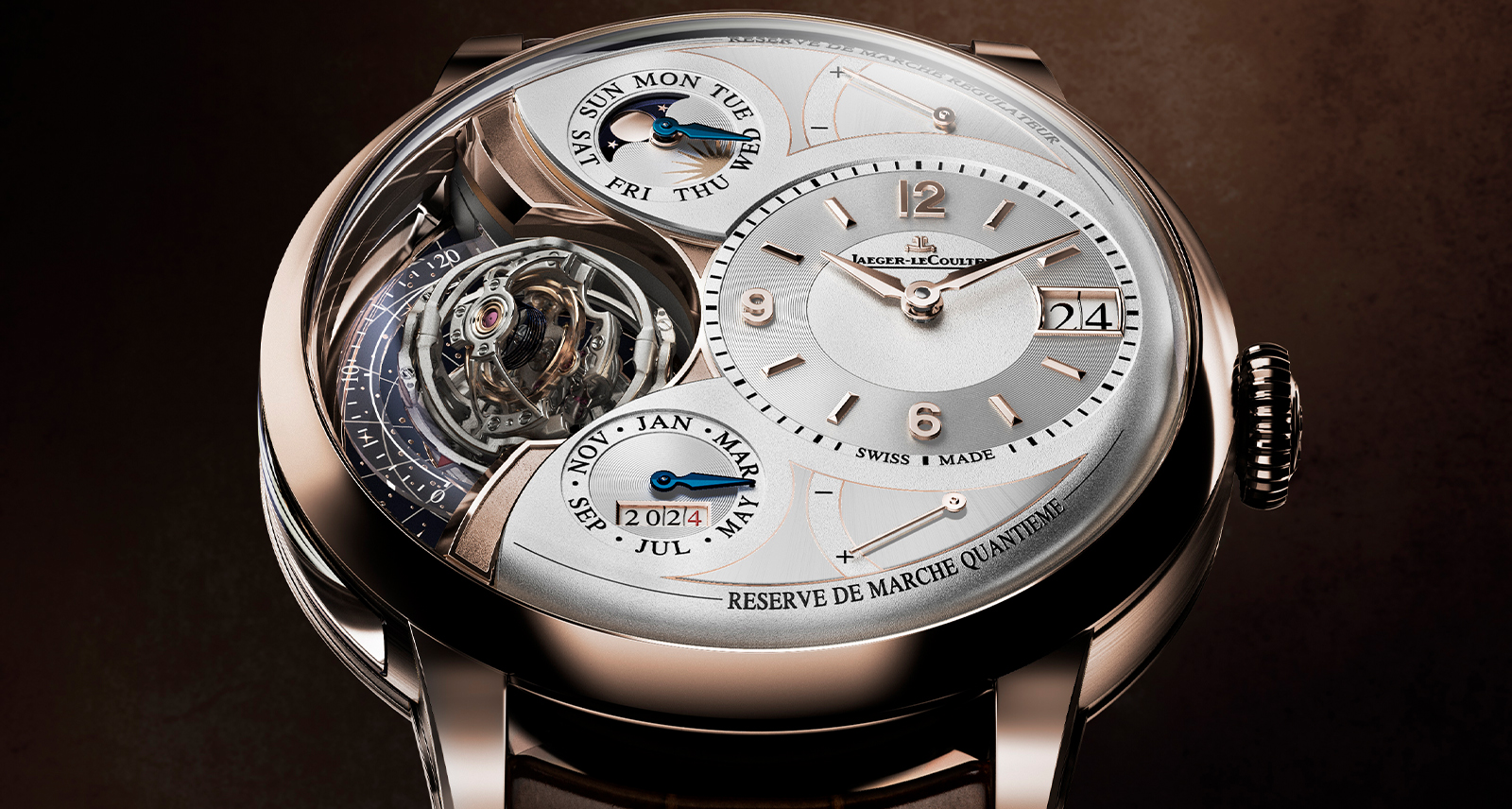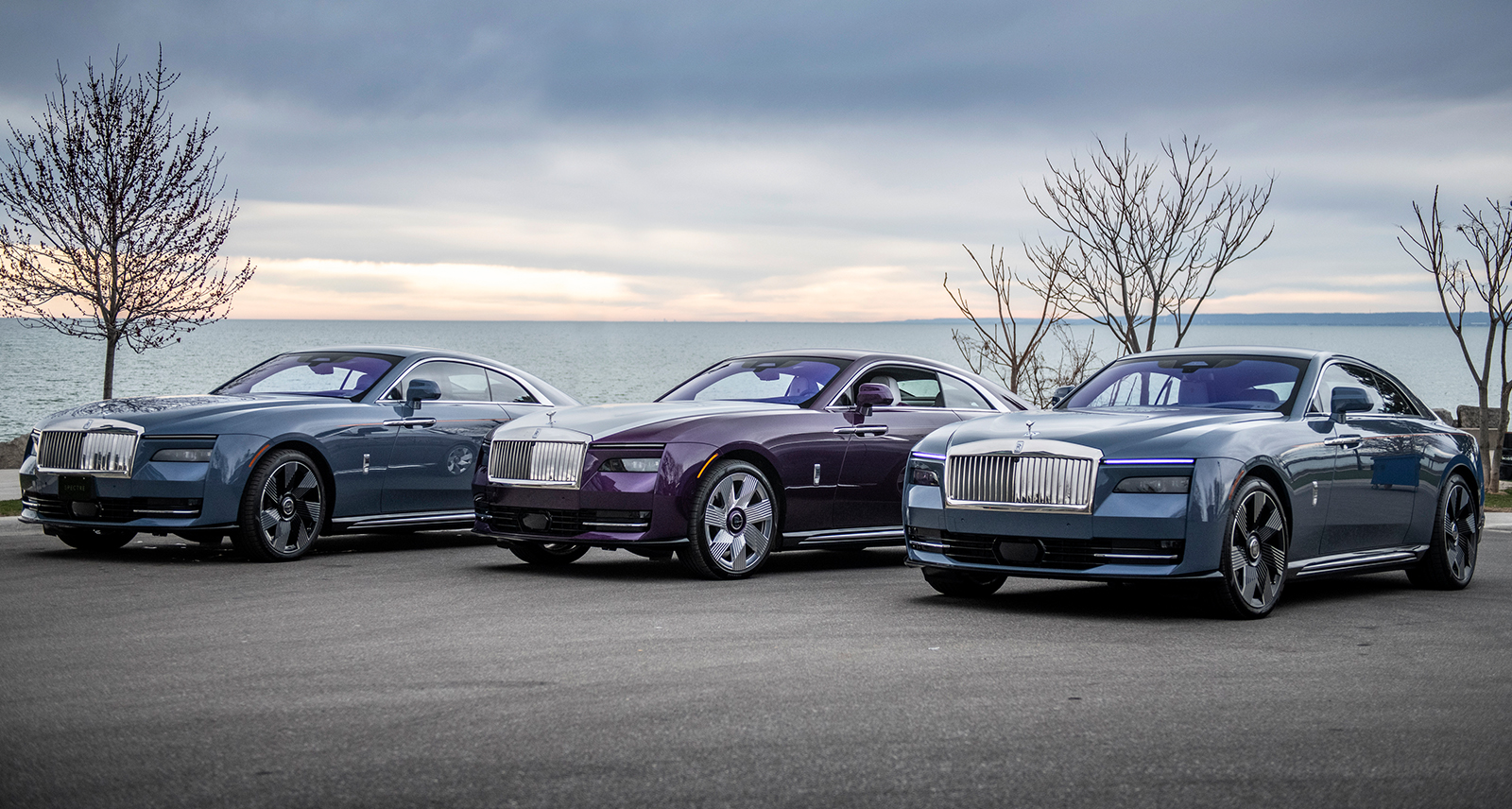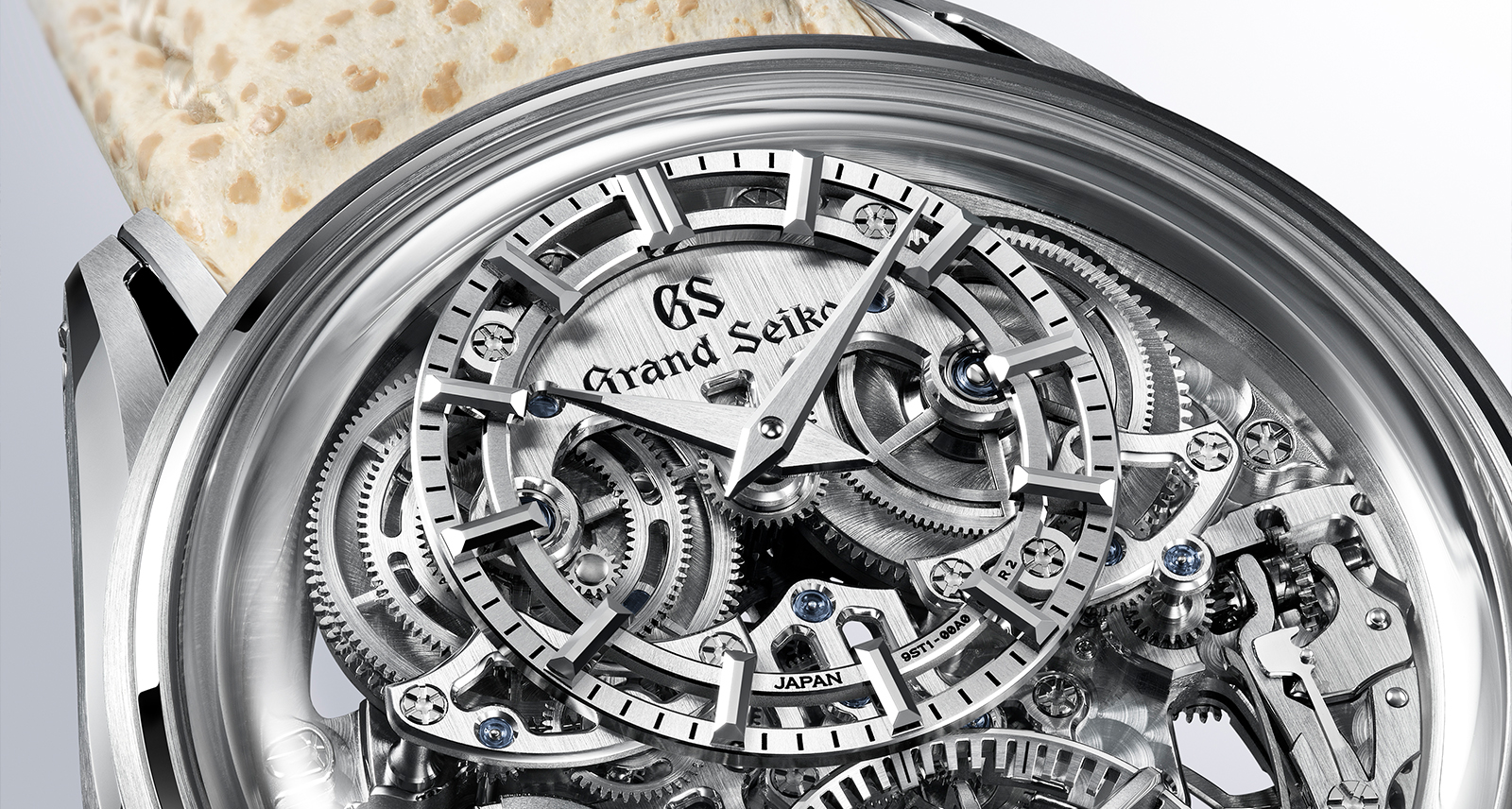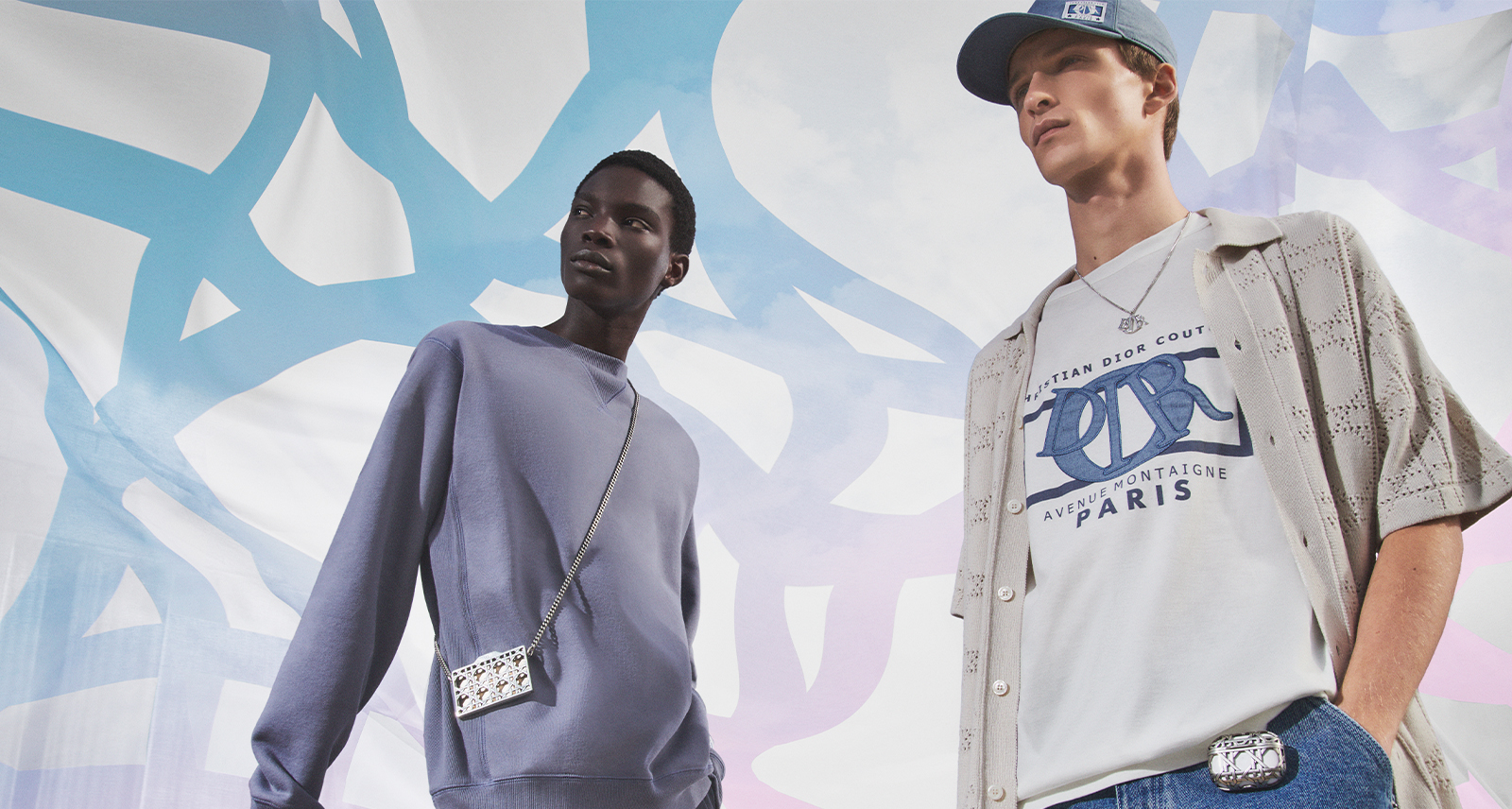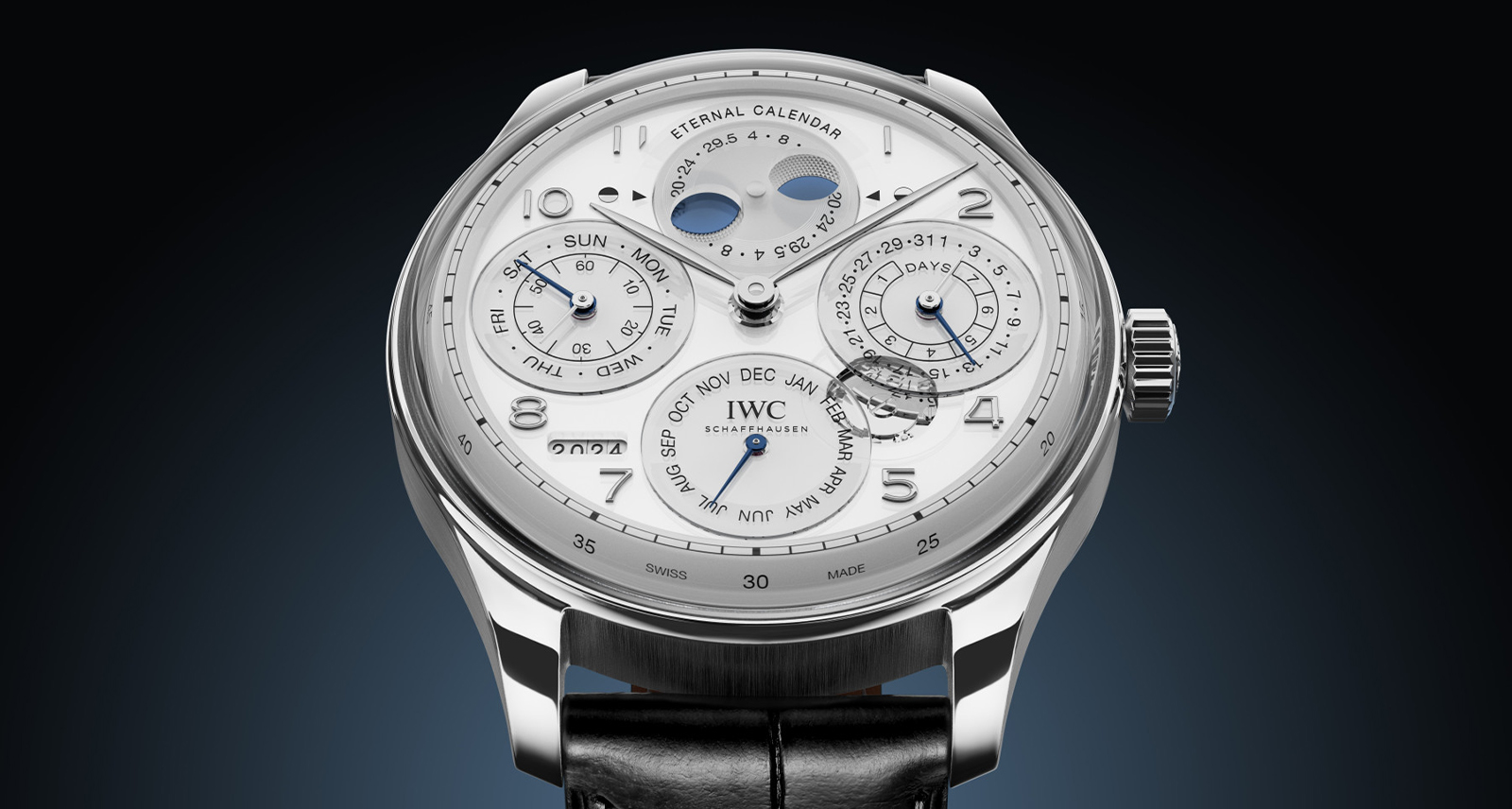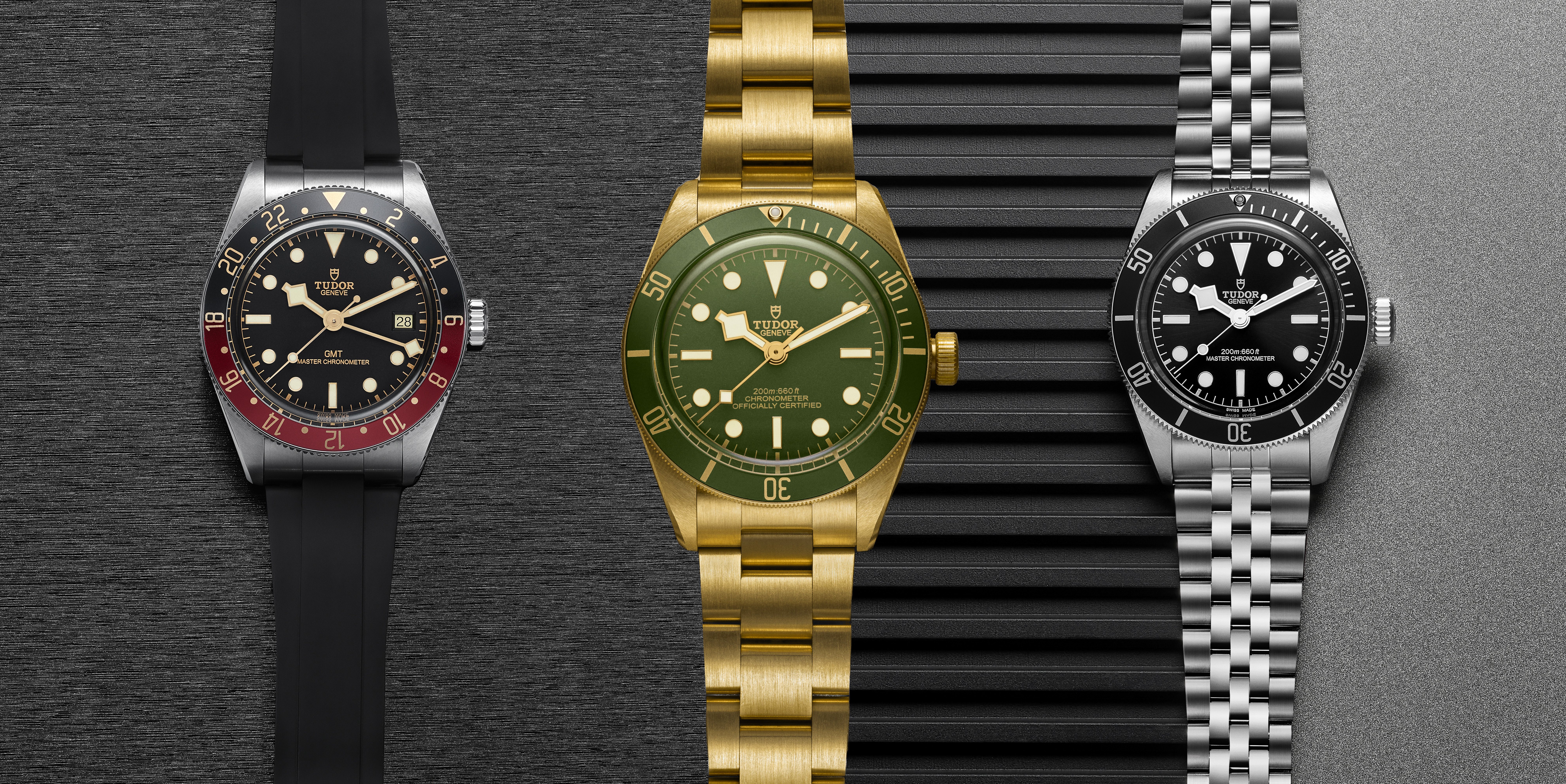Paul Goldberger’s New Book Explores the World of Louis Vuitton Architecture
It’s hard to walk past a Louis Vuitton storefront without slowing down to stare; in Toronto, its boutique at 150 Bloor Street West features a sparkling white finish with “Louis Vuitton” in bold black font, the store’s façade accented by a pattern of grey diamonds and cream circles. The eye-catching build, which features the brand’s iconic garments in large picture windows, has a design like no other — in fact, the French atelier’s classy veneers (“skins,” if you’re talking to an architecture buff) are unique to each maison.
In his new book titled Louis Vuitton Skin: The Architecture of Luxury, renowned critic Paul Goldberger delves into the history of Louis Vuitton’s avant-garde buildings. He explores how architectural designers broke free of traditional branding, rejecting a standardized visual code in favour of unique arrangements for each location.
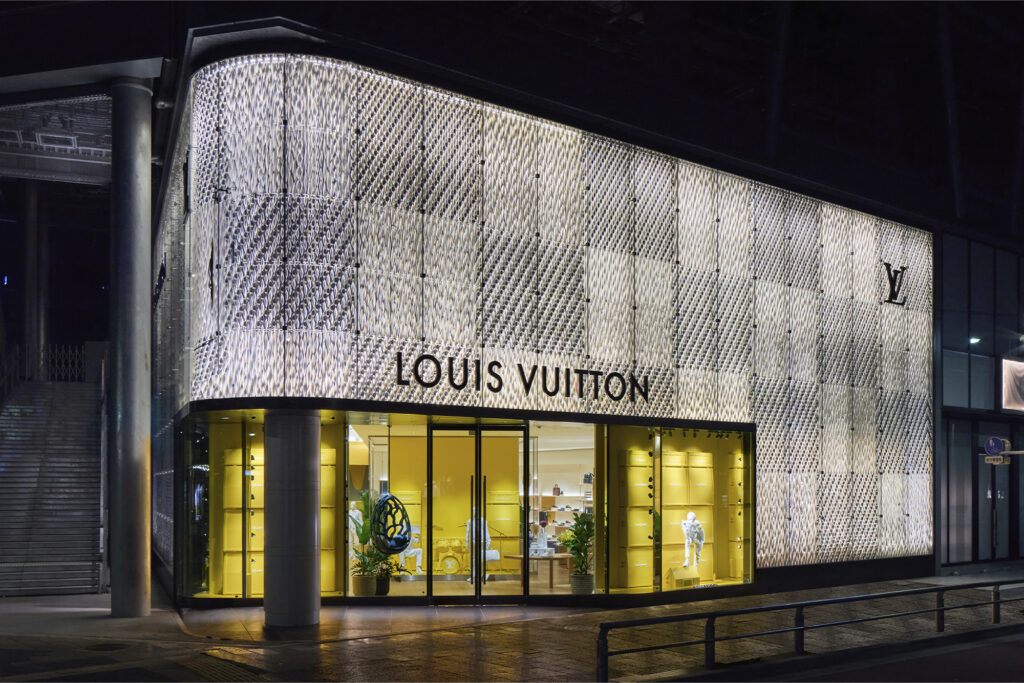
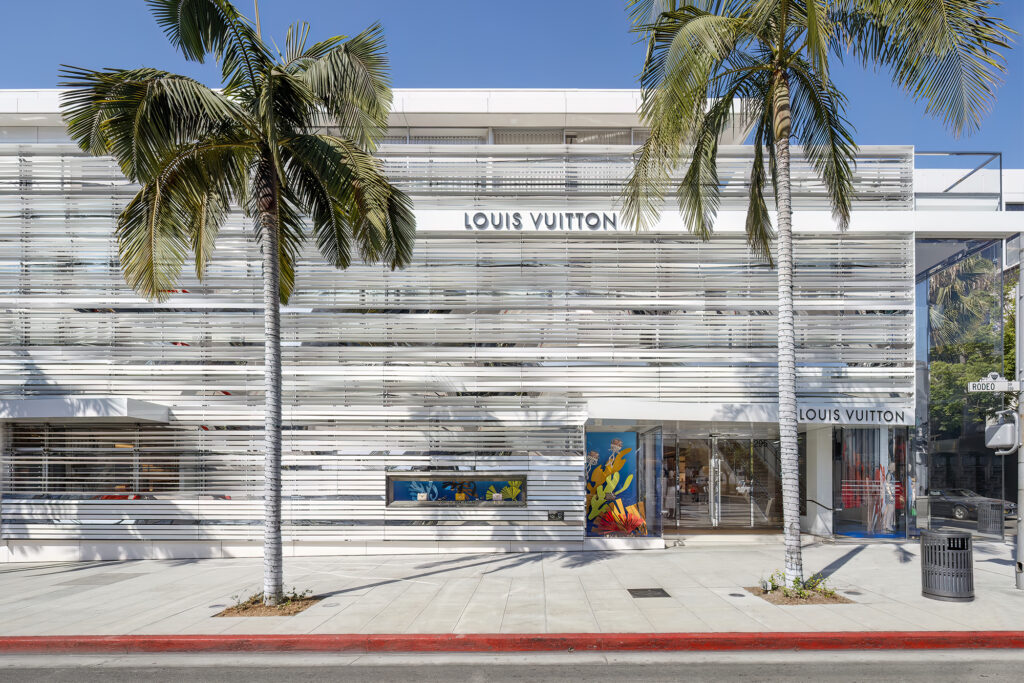
Louis Vuitton’s choice to outfit their boutiques in tailor-made blueprints, Goldberger explains, was a natural extension of the fashion house’s penchant for elegance. Known for their place at the forefront of haute couture, the French house envisioned their storefronts as having “the same appeal as the Maison’s products, elevated to civic scale.”
Skin proves that Louis Vuitton’s mission was a success. Like the latest menswear partnership with Japanese artist Yayoi Kutsuma, Louis Vuitton’s maisons combine the brand’s trademark craftsmanship with uniquely artisan appeal for cutting-edge results. The Seoul location, for instance, is a curved, dynamic, glass structure made in collaboration with architects Frank Gehry and Peter Marino. The clear construction evokes the Fondation Louis Vuitton in Paris, while whimsical curves take inspiration from the traditional Dongnae Hakchum crane dance.
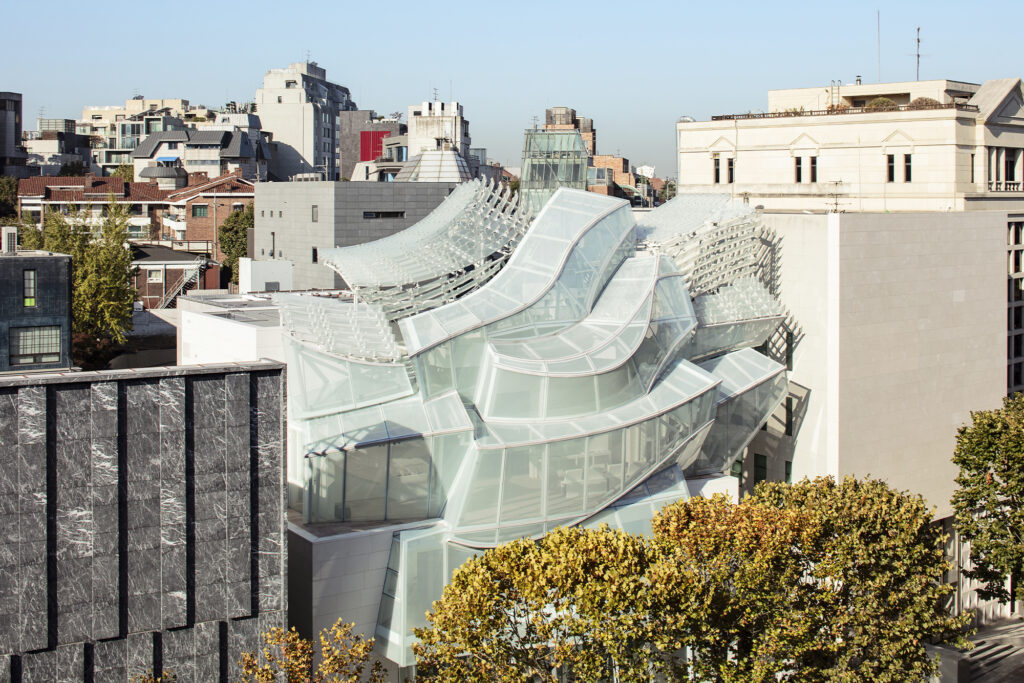
With thoughtful analysis from an author Huffington Post called “the leading figure in architecture criticism,” the book is a must-read for architecture aficionados and fashion-heads alike. Perhaps a nod to the variation of its subject, the book comes in six different covers, each featuring one of Louis Vuitton’s most distinctive builds: Beijing, Paris, Seoul, New York City, Tokyo, and Singapore. The text boasts 372 pages from its Pulitzer-Prize-winning author, along with 245 illustrations.
Learn more about Louis Vuitton Skin.
